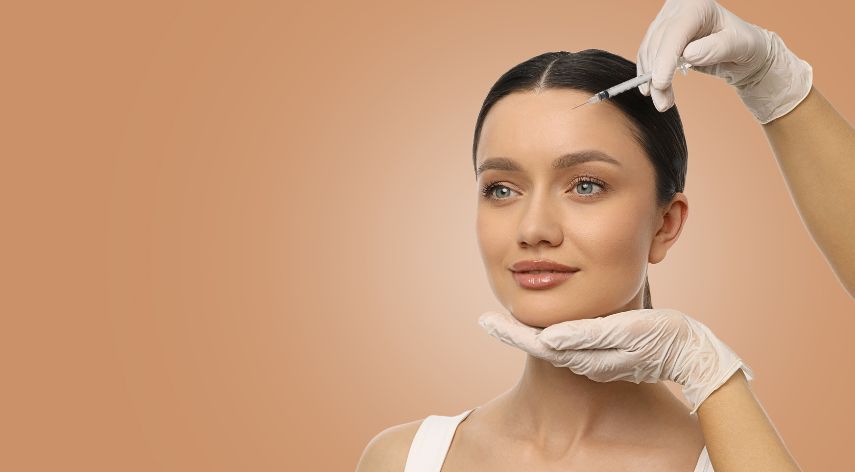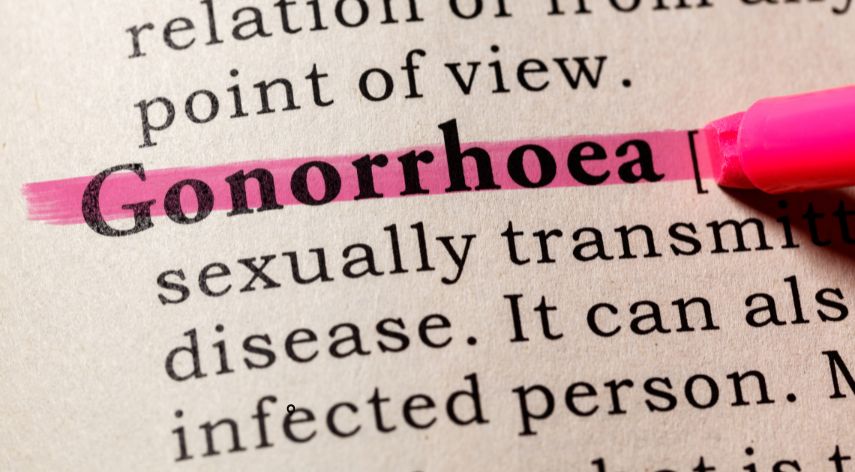Feminine vs. Masculine Facial Features: What Science and Aesthetics Say

Table of Contents
ToggleIntroduction
The human face is a canvas of identity. It conveys emotions, signals health, and influences how others perceive attractiveness, trustworthiness, and even authority. Among the many dimensions of facial aesthetics, the differences between feminine and masculine features stand out as some of the most significant.
These contrasts are not just cultural—they are deeply rooted in biology, anthropology, and psychology. At the same time, aesthetic medicine and cosmetic surgery have developed methods to enhance or soften these differences, allowing individuals to align their appearance with personal identity or beauty goals.
In this article, we’ll explore the science behind feminine vs. masculine faces, the key features that define each, and how modern aesthetics adapts these traits in procedures ranging from fillers to facial surgery.
The Science Behind Facial Dimorphism
The term sexual dimorphism describes the biological differences between male and female faces that emerge during puberty. Influenced by hormones like testosterone and estrogen, these features create a set of cues that others subconsciously read as “feminine” or “masculine.”
-
Testosterone increases bone growth in the brow ridge, jawline, and chin, leading to stronger, angular features.
-
Estrogen favors fat deposition in the cheeks and lips, producing softer contours and fuller lips.
Research shows that humans across cultures often pick up on these subtle differences when judging gender and attractiveness.
Key Feminine Facial Features
1. Softer Jawline and Chin
A feminine jawline is usually slender and tapered, creating a V-shape that narrows toward the chin. The chin tends to be smaller, less pronounced, and rounded.
2. Fuller Lips
Full, plump lips with an emphasized Cupid’s bow are considered hallmarks of femininity. Estrogen-driven fat distribution plays a key role here, but modern fillers can accentuate the same effect.
3. High, Rounded Cheekbones
Women typically have more pronounced malar fat pads, which make the midface appear fuller and more youthful.
4. Larger, Wider-Set Eyes
Big, almond-shaped eyes framed by a higher, arched brow are perceived as feminine and expressive.
5. Smaller, Refined Nose
A feminine nose often has a narrower bridge, smaller nostrils, and sometimes an upturned tip. Rhinoplasty procedures often reflect these preferences.
6. Smooth Forehead and Delicate Brow Ridge
Unlike men, women usually lack a pronounced bony brow ridge. This creates a smoother transition from forehead to nose.
Key Masculine Facial Features
1. Strong Jawline and Square Chin
A masculine jawline is wide, angular, and square, signaling strength and maturity. The chin is prominent, often broader and more projecting.
2. Thinner Lips
While attractive, male lips are usually less full than female lips. They are balanced but not overly emphasized.
3. Pronounced Brow Ridge
Testosterone leads to a heavier supraorbital ridge, giving men a more shadowed, deep-set eye look.
4. Larger Nose
A masculine nose tends to have a wider bridge and a stronger, straighter profile.
5. Flatter Cheeks
Men often have less fat in the midface, leading to flatter cheeks and sharper contours.
6. Lower, Straighter Eyebrows
Unlike arched feminine brows, masculine eyebrows are straighter, thicker, and set lower on the brow bone.
Cultural and Psychological Perceptions
Across cultures, people tend to associate masculine features with strength, dominance, and authority, while feminine features are linked to youthfulness, softness, and approachability.
Interestingly, studies suggest that perceptions shift with context:
-
During ovulation, women often prefer more masculine male faces.
-
In long-term relationships, softer male features may be perceived as more trustworthy and nurturing.
This demonstrates that facial features do not just define gender—they influence social interaction and mate selection.
The Role of Aesthetics and Cosmetic Medicine
Modern medicine has given people the ability to enhance or adjust their facial features to better align with gender identity or personal ideals of beauty.
Feminization Procedures
-
Dermal Fillers: Add volume to lips, cheeks, and under-eyes.
-
Botox: Elevates brows for a more arched, feminine look.
-
Rhinoplasty: Softens angles and refines nose shape.
-
Jawline Contouring: Slims the jaw and chin with fillers or surgery.
-
Thread Lifts: Create subtle lifts for a softer midface.
Masculinization Procedures
-
Chin and Jaw Implants: Add projection and angularity.
-
Cheek Reduction: Flattens the midface for sharper lines.
-
Brow Augmentation: Enhances the ridge for a stronger look.
-
Facial Fat Grafting: Restores volume where needed for balanced strength.
Beyond Gender: The Golden Ratio of Facial Harmony
While masculine and feminine features differ, what truly defines attractiveness is balance and proportion. The so-called “Golden Ratio” (1:1.618) is often used in aesthetics to evaluate harmony between features. For example:
-
The width of the nose relative to the mouth
-
The ratio of forehead to midface to chin
-
The spacing between the eyes
A well-proportioned face—regardless of gender—tends to be perceived as more attractive.
The Future of Facial Aesthetics
With advances in 3D imaging, AI-driven simulations, and personalized medicine, the future of facial aesthetics is about customization rather than rigid gender templates. More patients now request results that feel authentic to their unique identity, whether that means enhancing feminine softness, sharpening masculine strength, or even blending both.
Conclusion
Feminine and masculine facial features differ in clear, measurable ways—from jawlines and chins to brows and cheeks. These traits are shaped by biology, hormones, and cultural perceptions, but modern aesthetics has blurred the line, offering people the freedom to choose the features that reflect their personal identity.
Whether your goal is a softer, more feminine appearance, a sharper, more masculine profile, or simply balanced harmony, understanding these differences is the first step.
And when the time comes to take action, resources like the tabeebo healthcare & beauty directory make it easier to find the right specialists, compare options, and make informed decisions on your journey to confidence and beauty.
References
-
Little, A.C., et al. (2011). Facial attractiveness: evolutionary-based research. Philosophical Transactions of the Royal Society B.
-
Perrett, D.I., et al. (1998). Effects of sexual dimorphism on facial attractiveness. Nature.
-
Rhodes, G. (2006). The evolutionary psychology of facial beauty. Annual Review of Psychology.
-
Bashour, M. (2006). History and current concepts in the analysis of facial attractiveness. Plastic and Reconstructive Surgery.
Lareal Young is a legal professional committed to making the law more accessible to the public. With deep knowledge of legislation and legal systems, she provides clear, insightful commentary on legal developments and public rights, helping individuals understand and navigate the complexities of everyday legal matters.
Recommended For You
Spread the loveThe key to stopping cervical cancer is detecting it early. HPV testing is an important part of that
Spread the loveGonorrhoea is one of the most common sexually transmitted infections (STIs) in the UK, affecting thousands of people
Spread the loveIf you’re reading this, chances are you’ve either heard of gonorrhoea or are curious about it—and rightly so.
Browse by Category
- Travel
- Technology & Gadgets
- Sports & Games
- Software
- Shopping
- Reviews
- Real Estate
- Numerology
- News
- Make Money
- Lifestyle
- Law
- Home Improvement
- Health
- Gardening
- Games
- Finance
- Entertainment
- Education
- Digital Marketing
- Diet and Fitness
- Dating
- Construction
- Celebrity
- Career and Jobs
- Business
- blog
- Angel Number




